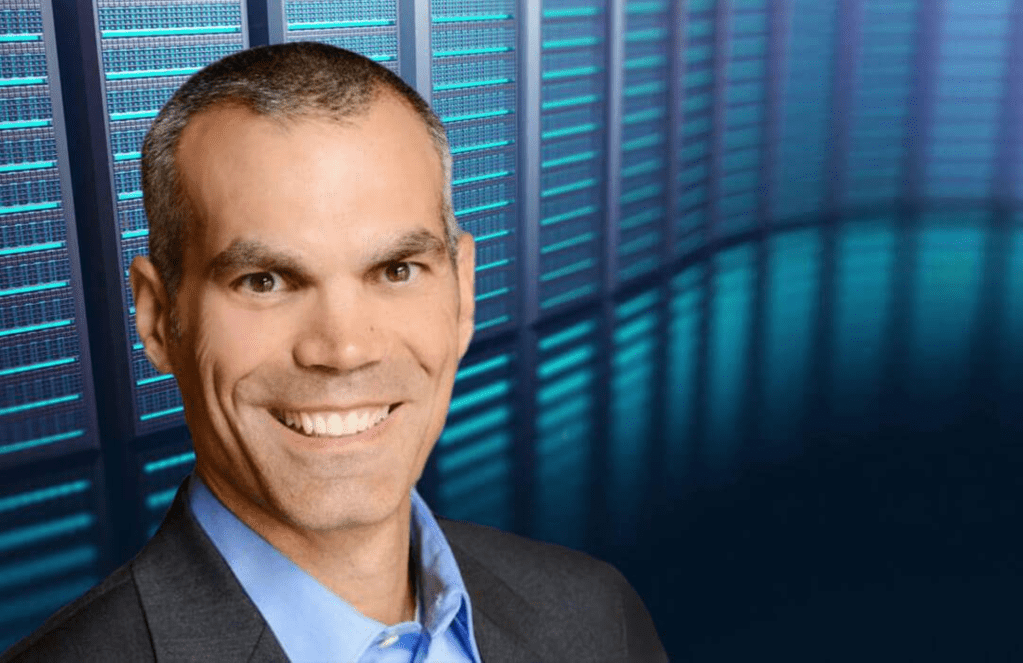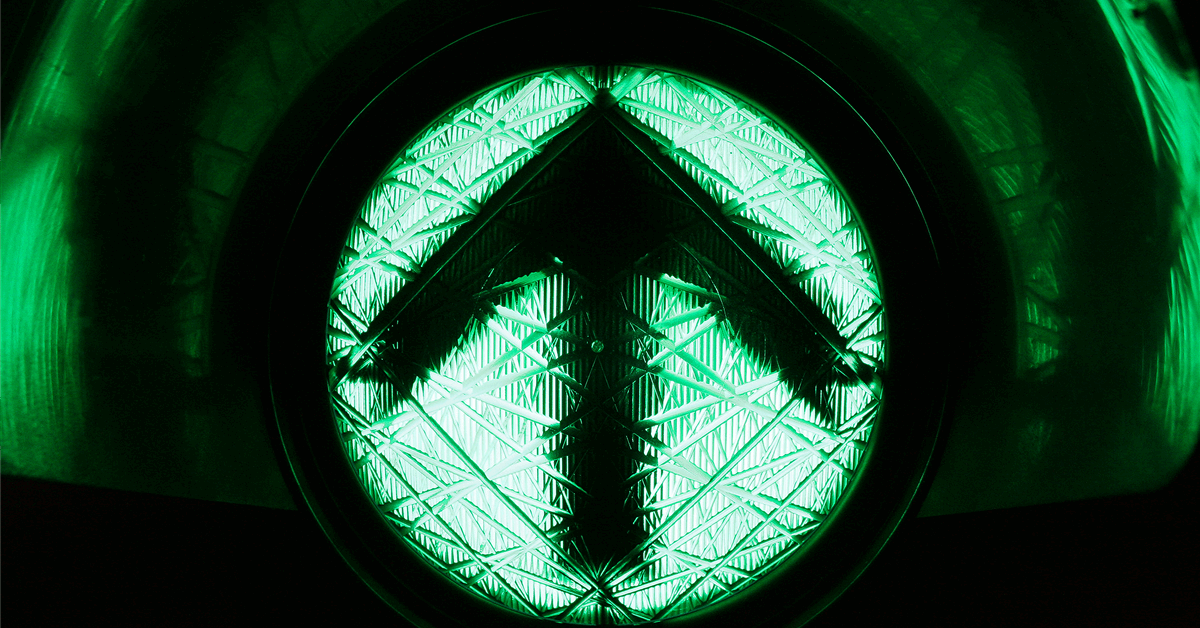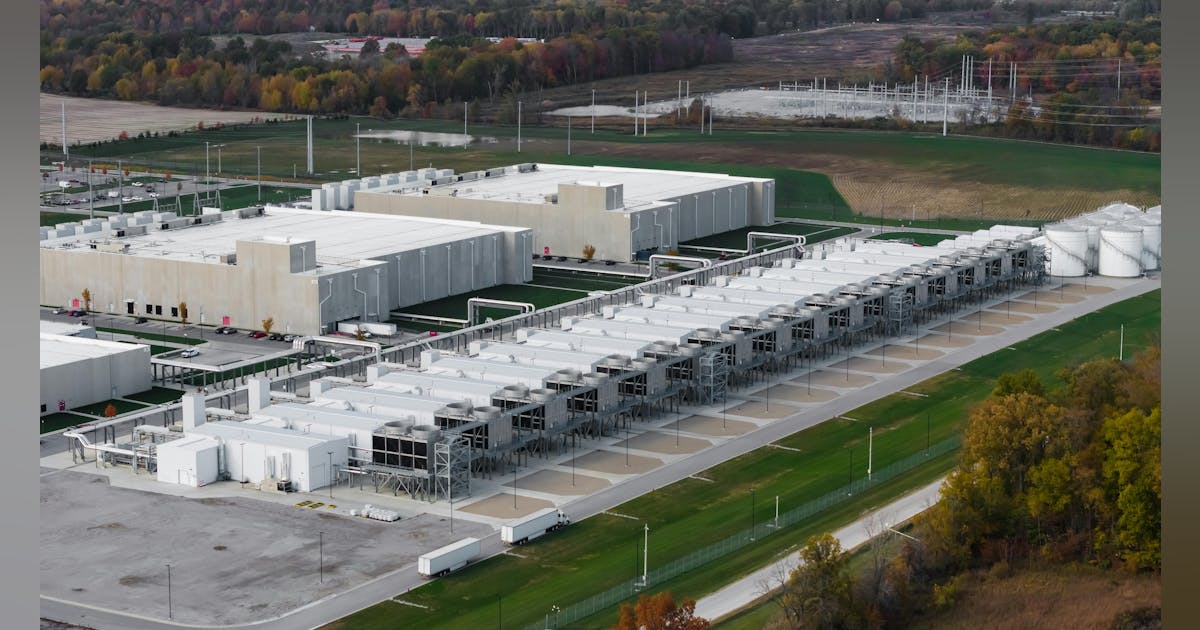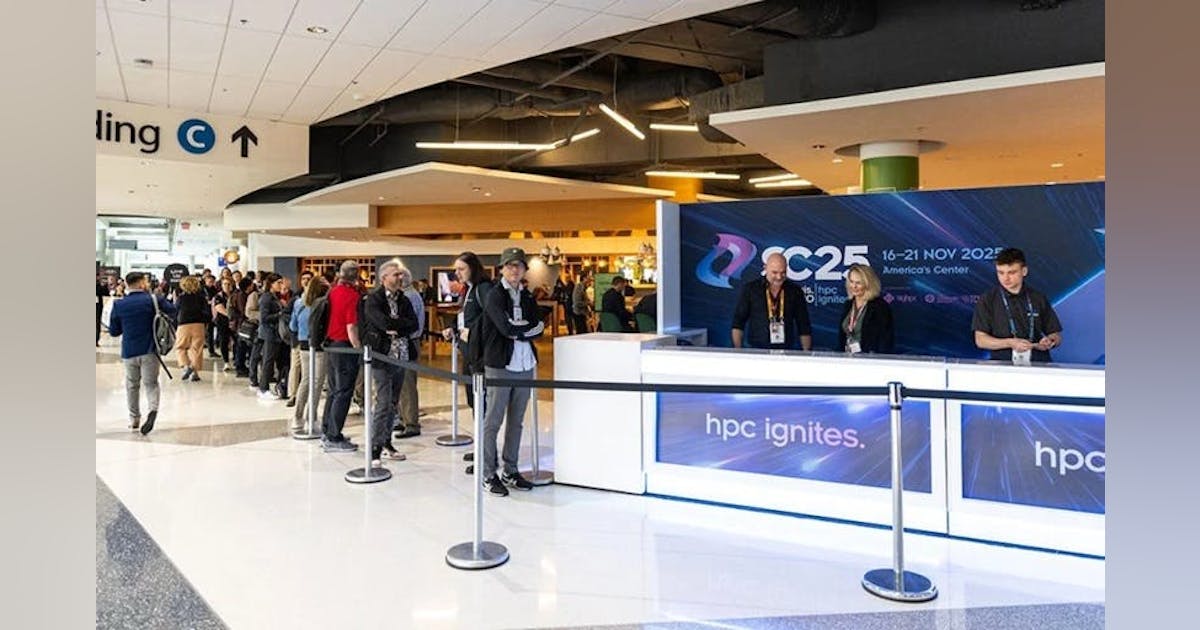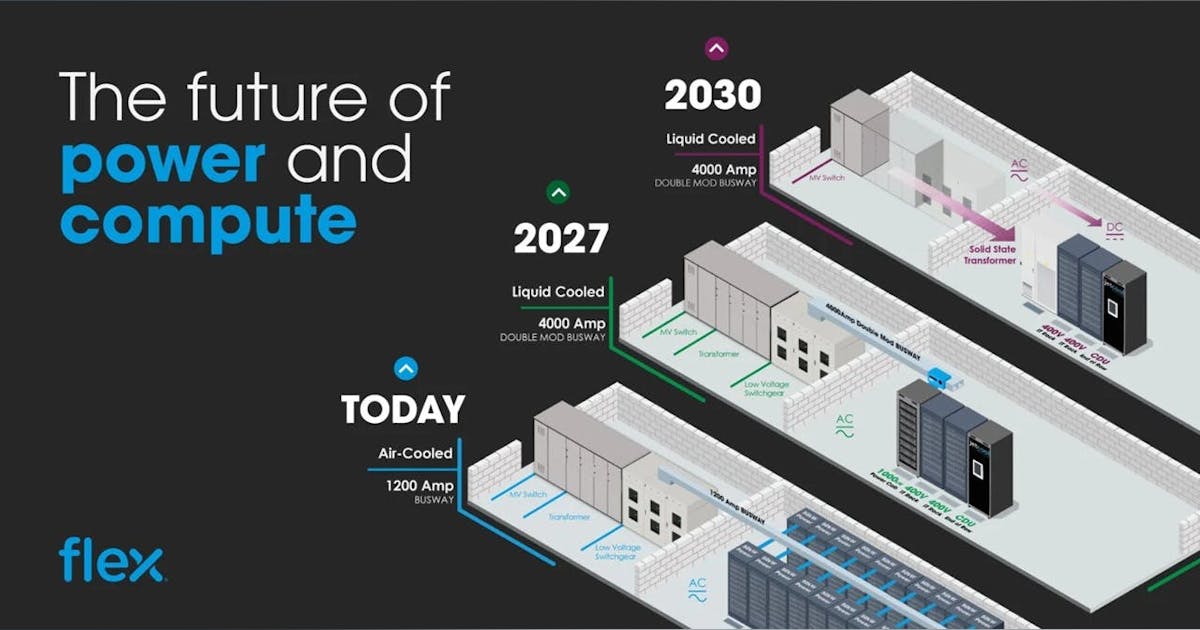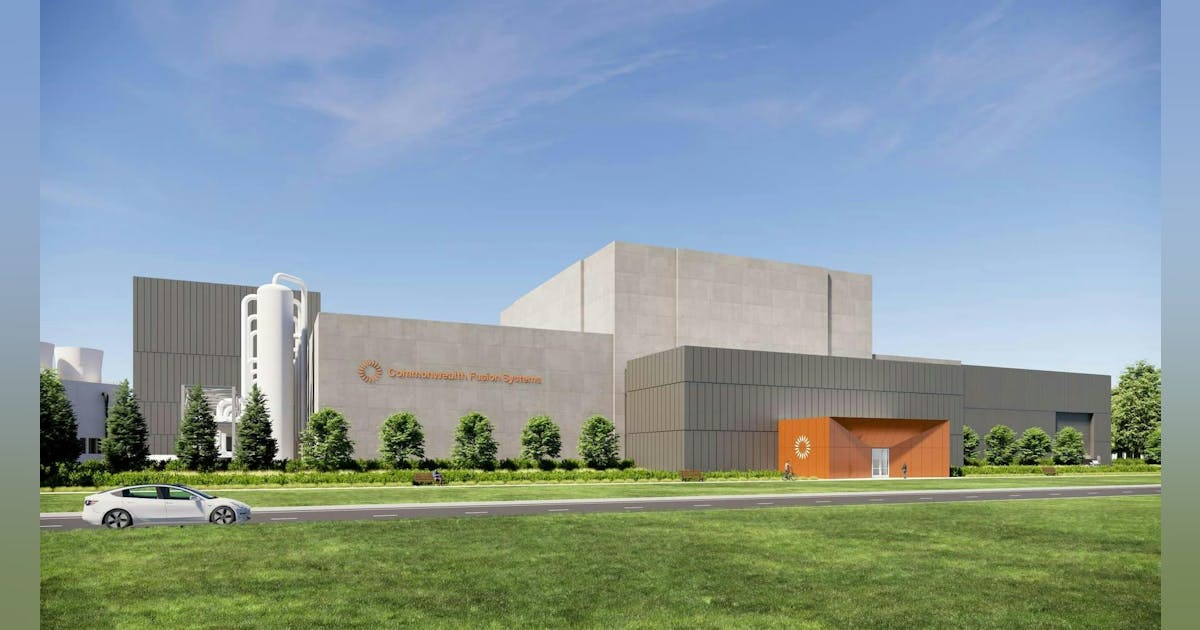
Global Fusion Momentum: France, Europe, and a New Competitive Context
As CFS, Google, Eni, and Helion press ahead, other fusion efforts worldwide are also making waves, reminding us this is a global race, not a U.S.-exclusive pursuit.
In France, the CEA’s WEST tokamak recently achieved a new benchmark by sustaining plasma for more than 22 minutes (1,337 seconds) at ~50 million °C, breaking previous records and demonstrating improved plasma control and stability. That milestone underscores the incremental but essential progress in continuous operation, one of the key prerequisites for any commercially viable fusion system.
Meanwhile, ITER, the international flagship built in southern France, continues its slow-but-steady assembly. Despite years of delays and cost overruns, ITER remains central to global fusion ambitions. It’s not expected to produce significant fusion output until the 2030s, but its role in validating large-scale superconducting magnet systems, remote maintenance, tritium breeding, plasma control, and heat management is essential to de-risking downstream commercial fusion designs.
Elsewhere in Europe, Proxima Fusion (Germany) is gaining attention. The company is developing a quasi-isodynamic stellarator design and has recently raised €130 million in its Series A, showing that alternative confinement geometries are earning investor support. While that path is more speculative, it adds needed diversity to the fusion technology portfolio.
Germany’s Wendelstein 7-X Raises the Bar
Germany added another major milestone to the fusion timeline this fall. At the Max Planck Institute for Plasma Physics, researchers operating the Wendelstein 7-X stellarator sustained a high-performance plasma for 43 seconds, setting a new world record for continuous fusion confinement. The run demonstrated stability and control at temperatures exceeding 30 million °C, proving that stellarators, once viewed mainly as scientific curiosities, can now compete head-to-head with tokamaks in performance.
Unlike tokamaks, which rely on strong external currents to confine plasma, stellarators use a twisted magnetic-field geometry that inherently stabilizes the reaction, allowing longer pulses with fewer disruptions. The record experiment achieved what physicists call the “triple-product” threshold: a balance of plasma density, temperature, and confinement time that defines progress toward net-energy conditions.
The achievement was the result of international collaboration, including contributions from Oak Ridge National Laboratory in the United States, CIEMAT in Spain, and HUN-REN in Hungary. Oak Ridge engineers designed a precision fuel-injection system that fired 90 frozen hydrogen pellets in perfect rhythm over the full 43-second sequence, while European partners synchronized heating and magnetic-field controls.
Researchers describe the result as a step change in plasma-stability management. By maintaining confinement longer than Japan’s JT-60U and the U.K.’s JET reactors, and with a smaller plasma volume, Wendelstein 7-X demonstrated high efficiency in energy use and control. It also validated the stellarator’s potential for steady-state operation, a critical advantage for future commercial systems that must run continuously, not in short pulses.
Together with France’s WEST and the expanding private ecosystem, the German record confirms that fusion innovation is now distributed and accelerating on multiple fronts, from compact high-field tokamaks and pulsed systems to long-duration stellarators capable of near-continuous output.
The Fusion Finish Line
Taken together, these developments reinforce a few key themes:
- Competition and collaboration coexist: national and private actors increasingly overlap, sharing lessons while staking intellectual property claims.
- Milestones matter: a 22-minute plasma run or a stable superconducting magnet is not the full solution, but validates critical subsystems that feed into commercial designs.
- Timelines are shifting, but cautiously: the more that fusion projects hit and communicate technical progress, the more pressure (and credibility) builds to deliver on advertised target dates.
- Risk remains high, but capital is flowing: with over 50 fusion companies now active globally and multiple paths in play, the ecosystem is richer (and more volatile) than ever.
In closing, the trajectory illuminated by CFS’s ARC ambitions, Google and Eni’s PPAs, and Helion’s pulsed approach sits within a broader accelerating wave of fusion activity. The question now is not simply if fusion will become commercially viable, but which architectures and which projects will cross the finish line first. Watch France’s WEST, ITER’s assembly steps, and Europe’s alternative designs, as they may teach the rest of us a lot, fast.



